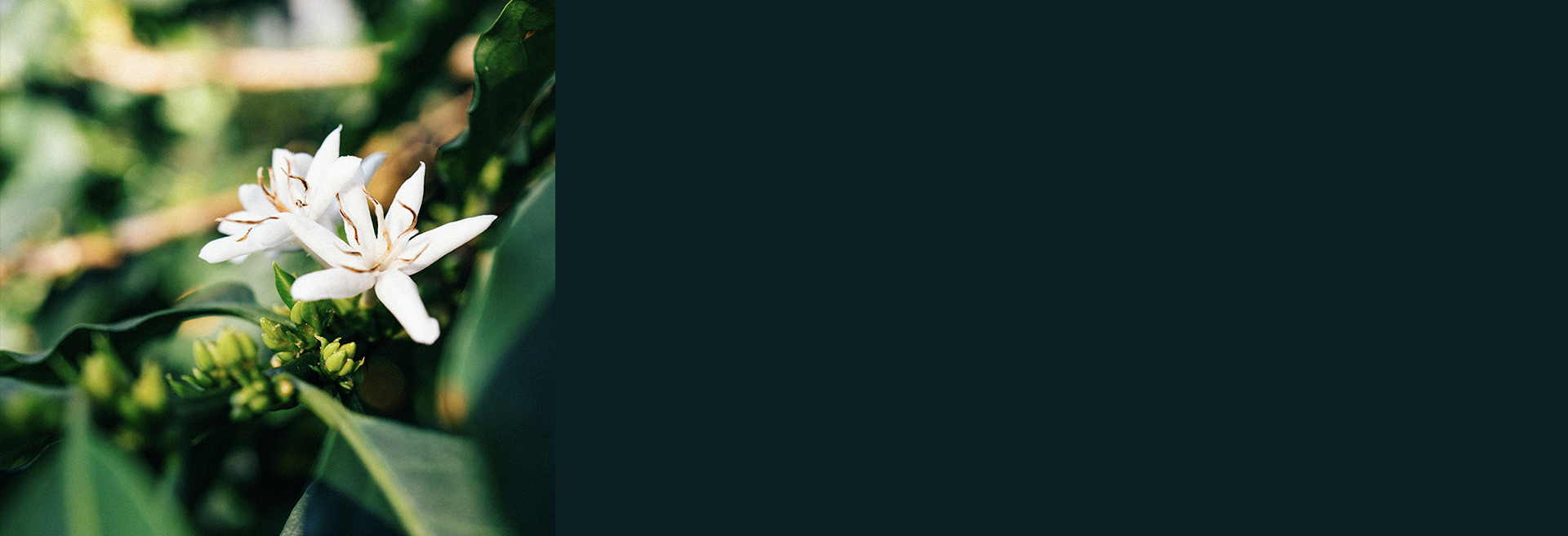Colombia
Finca Microlindo - Colombia
250g
QUALITY SCORE: 88.25
Cup Notes
Lemon / Orange / Marmalade jam / Brown sugar / Chocolate
Suggested for espresso and filter
when we roast
We freshly roast to order all coffees on Monday, Wednesday and Friday (excluding national holidays), and ship the same day! Cut-off time is 11:59pm (UTC+1) of the day before the roast day. *We only ship whole beans*
Details
- Producer
- Mario Jaramillo
- Country
- Colombia
- Terroir
- Huila
- Altitude
- 1700 mt
- Process
- Classic Washed - Raised Beds
- Arabica cultivar
- Caturra & Colombia
- Picked in
- November 2017
- Arrived in
- August 2018
- Shipped in
- Jute + GrainPro
- Roast profile by
- Rubens Gardelli
- Roasted on
- Customised solid-drum roaster
THE STORY BEHIND
Finca Microlindo is a mix of variety Colombia F3 (25%) and Caturra (75%), both picked and selected carefully by successful farmer Mario Jaramillo from Tarqui, a small town in the foothills of the cordillera central of Huila. Mario Jaramillo actually won a prize in the regional 2017 Taza de Tarqui (Cup of Tarqui).
The southern department of Huila is known for its great coffees. The coffee region of Tarquí is wedged between the low-lying valley of the Magdalena river that provides warm updrafts of tropical breezes towards the volcanic mountain slopes covered in small holder coffee farms.
Many of the farmers of Tarqui know how to work carefully and are experimenting with fermentation techniques to improve sweetness of their coffees. Mario Jaramillo dry-ferment his coffee 24 hours before washing. This results in a very nice sweet profile with some red fruits and sugary notes.
THE VARIETY
Caturra coffee varietal was developed by the Alcides Carvalho Coffee Center of the IAC, Instituto Agronomico of the Sao Paulo State in Brazil.
In 1937, IAC received seed samples of genetic materials originated on the border of the states of Minas Gerais and Espírito Santo. It was from Red Caturra and yellow Caturra cultivars. These two cultivars originated by natural mutation of Bourbon Red, originally a tall coffee shrub, found in the Serra do Caparaó , which is now a mountainous National Park north east of the city of Rio de Janeiro.
These are the main agronomic characteristics of the Red and Yellow Caturra varietals:
1. It is the of small size, of reduced length of internodes, leaves and side branches, providing compact appearance to the coffee shrub.
2. This is the first naturally occurred coffee mutation found, with small size and high yield capacity
3. They have excellent quality in the cup because they have virtually 100% of the Bourbon coffee in their genetic makeup.
4. the conditions in which they were planted in Brazil to cultivate Caturra showed low hardiness and consequent lack of vigor after a few harvests, which led to the premature depletion in yield.
THE FERMENTATION PROCESS
Washed coffees focus solely on the bean. They let you taste you what’s on the inside, not the outside. Washed coffees depend almost 100% on the bean having absorbed enough natural sugars and nutrients during its growing cycle. This means the varietal, soil, weather, ripeness, fermentation, washing, and drying are absolutely key.
Washed coffees reflect both the science of growing the perfect coffee bean and the fact that farmers are an integral part of crafting the taste of a coffee bean. When looking at washed coffees, it becomes apparent that the country of origin and environmental conditions play a vital role in adding to the flavour.
During wet processing, the pulp (i.e.the exocarp and a part of the mesocarp) is removed mechanically. The remaining mesocarp, called mucilage, sticks to the parchment and is also removed before drying. During this process, the sugars present in the mucilage are removed through natural fermentation or mechanical scrubbing. Mucilage is insoluble in water and clings to parchment too strongly to be removed by simple washing. Mucilage can be removed by fermentation followed by washing or by strong friction in machines called mucilage removers. Fermentation can be done by stacking the coffee outside or placing them under water and allowing nature to take its course. After the sugars are removed, the beans then can be taken through a secondary washing to remove any additional debris, or taken immediately to the beds for drying.



